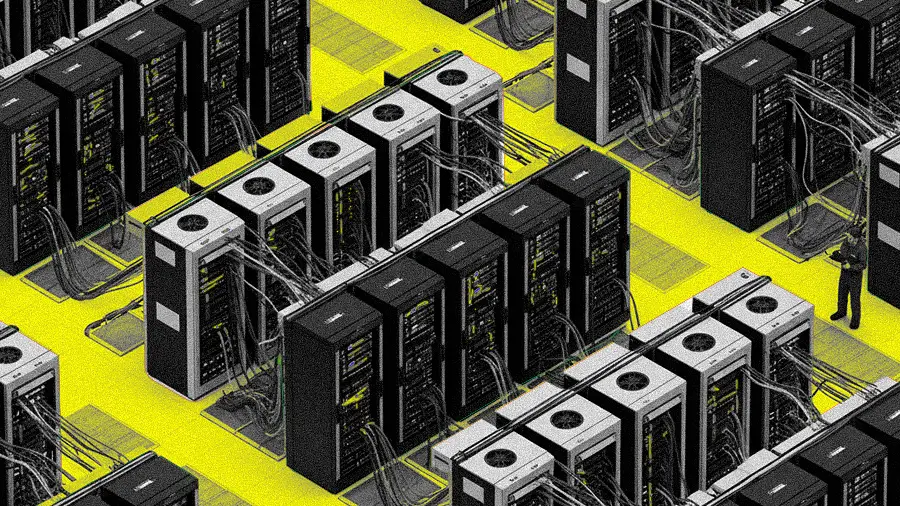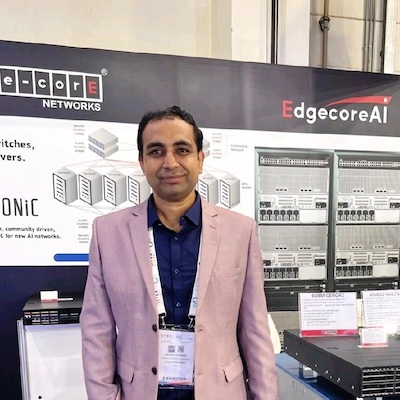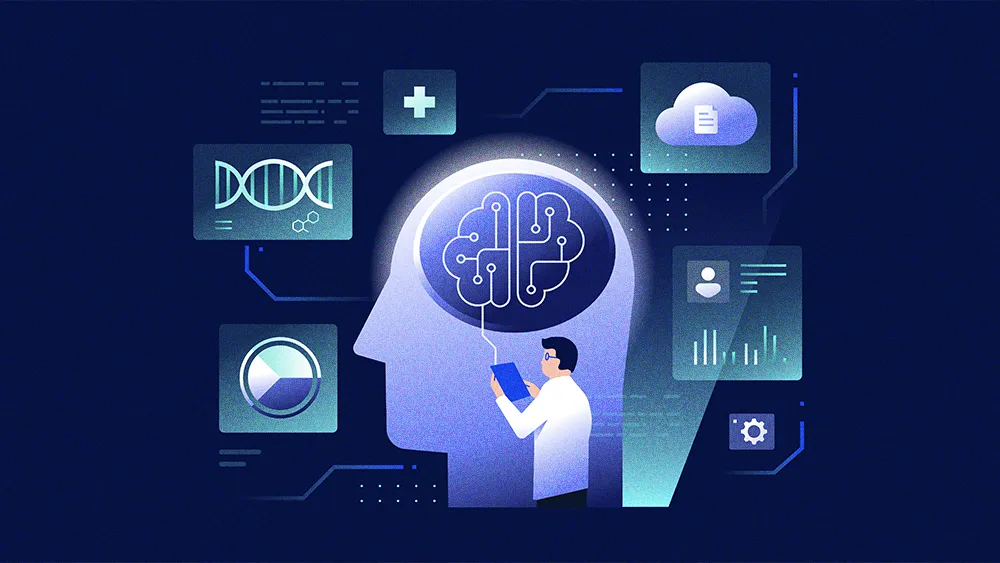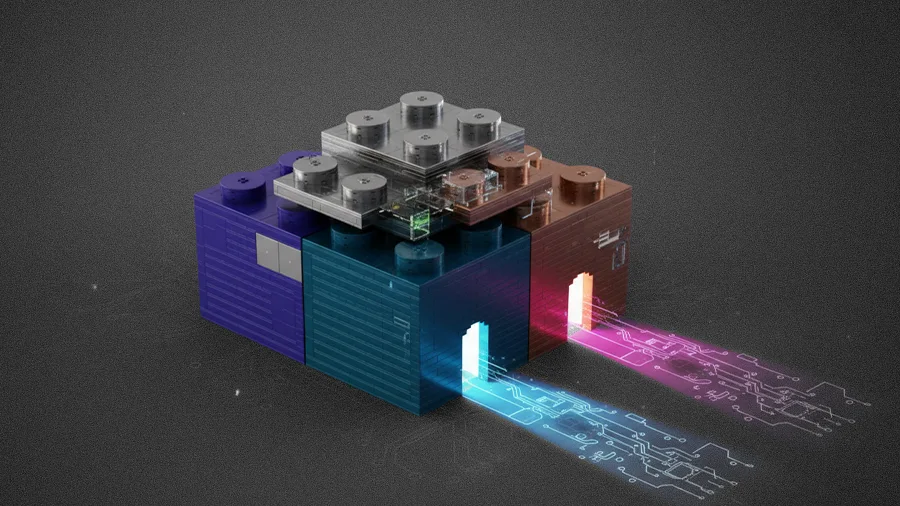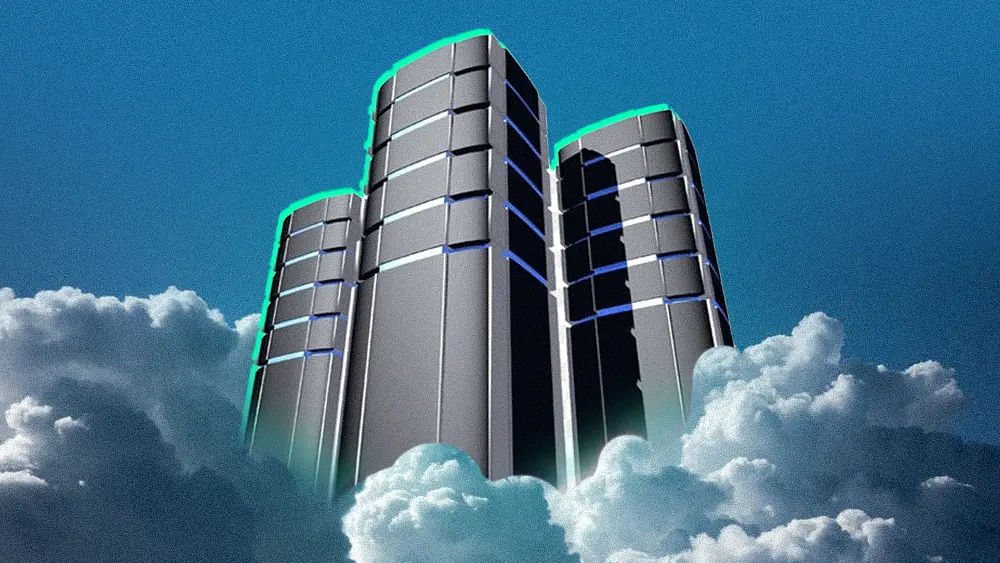The center of gravity is shifting on planet AI. For years, focus remained fixed on the application layer, the user-facing models that easily capture the public’s imagination. But now that these systems have matured, attention is snapping back to the infrastructure that powers them. Suddenly, leaders are beginning to recognize the risk of investing millions in something when the next innovation could render it obsolete at any moment.
To make sense of this new reality, we spoke with Gaurav Sharma, a product management leader at Edgecore Networks. His two-decade career in networking put him at the center of the industry’s biggest upheavals, from the slow hardware cycles at telecom giants like Nokia to the high-speed demands of the AI era. According to Sharma, the old playbook for long-term planning is broken. Survival now requires a more agile and disciplined framework instead.
Apps are king: The moment represents an inversion of the traditional IT model, where hardware capabilities used to dictate the limits of software, Sharma explains. "Applications that were lightweight two years ago may now require 300% to 400% more resources. As usage scales, enterprises relinquish control over infrastructure decisions to cloud providers."
The pressure on infrastructure is intensifying as a result, Sharma says. One prime example of the resource-hungry applications driving the hardware crunch is agentic AI. Because these autonomous systems can perform complex, multi-step tasks, they also introduce entirely new demands on enterprise infrastructure.
Here come the agents: Unlike generative AI, which creates content, the next wave of AI will be capable of taking action. "Agents will change workplace automation fundamentally. Imagine a human assistant performing complex tasks on your behalf. It will fundamentally reshape workplace automation and usher in a new era."
But for many leaders, the old safe harbor is no longer secure, Sharma explains. The public cloud isn't the sure bet it once was. Instead, a growing number of enterprises are demanding more control, predictability, and security. Now, the push for 'sovereign infrastructure', where companies own their own systems, is accelerating.
A question of control: Today, relying on the cloud means letting a vendor dictate your technology roadmap, he continues. "Every year, the cloud provider comes to you with different configurations and pricing. Continue to operate that way, and you cede control of your network decisions to the cloud."
One size fits none: The standardized nature of public cloud often means accepting a security posture that isn't tailored to your organization's specific compliance or data-sovereignty needs. "By adopting the cloud's generic policies, you're essentially forced to compromise on security. Policies can't be customized for every customer, and if you try, the costs will increase."
The Push to on-prem: The migration is a strategic correction for the next decade, according to Sharma. "Industry research already predicts that more enterprises will move the majority of their workloads back to on-prem. The goal is simple: to regain control."
A fundamental change in the technology model is driving this trend. With applications now in the driver's seat, the new compute demands are massive.
From marathon to sprint: Even the five-year refresh cycle is now being compressed by this new, application-driven reality. "In the old telco world, a technology like 3G or 4G would last for seven to ten years. Now, in the enterprise world, that cycle has shortened dramatically. Given the pace of innovation, I'm sure it will continue."
The three-year rule: "Whatever decision you make, it must be sustainable for at least three years. I can't recommend a five-year plan anymore. The technology is evolving so fast that there will be immense pressure to change before then. I can reasonably forecast technology trends up to 2028, but I'm less confident about 2030. Three years is the right timeframe to get a business outcome from your investment."
The three-year rule also demands a new approach to collaboration, Sharma says. In a market where even competitors are forming partnerships to survive, architectural transparency, flexibility, and collective decision-making are essential defenses against uncertainty.
Play well with others: One practical defense against vendor lock-in, or becoming trapped by a single company's pricing, is by committing to open standards, Sharma explains. "Major infrastructure decisions must be collective to avoid a single person making a blunder. Leaders should also study how enterprises in other regions are handling their own modernizations, like Japan and the rest of Asia."
Eventually, Sharma predicts the monolithic data center will give way to an architecture designed for innovation at different speeds. It's the logical trajectory in a world where different business functions will operate on vastly different innovation cycles, he concludes. "I see a future with multiple specialized clusters in the network. One cluster could be for stable, predictable applications, while a second is for fast-moving ones, where you're constantly changing the infrastructure to adapt to new demands."


